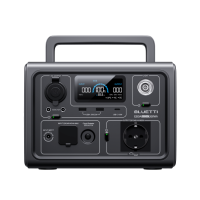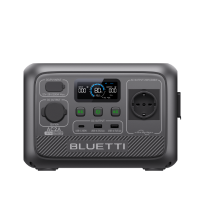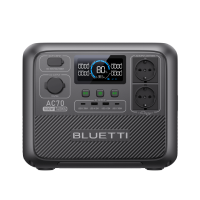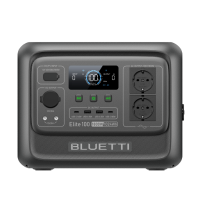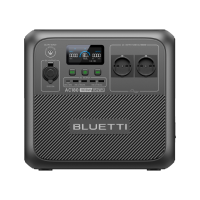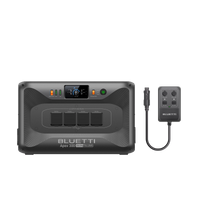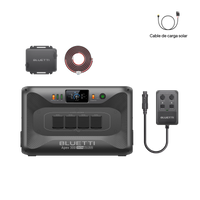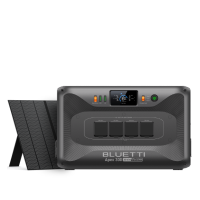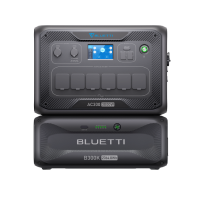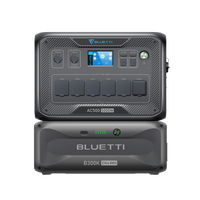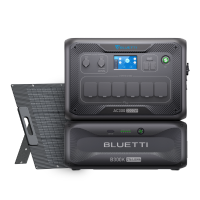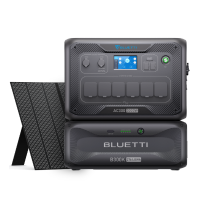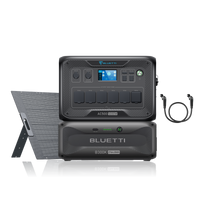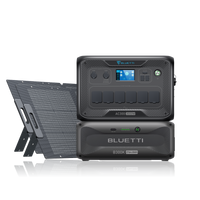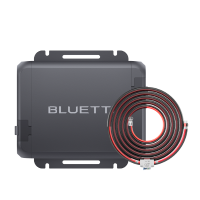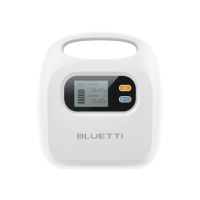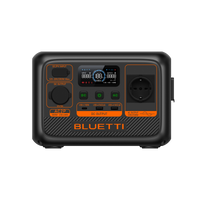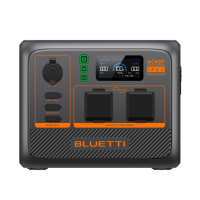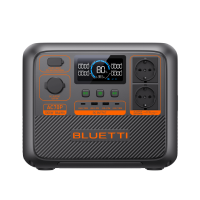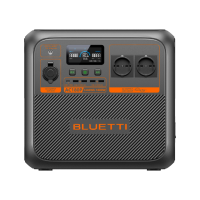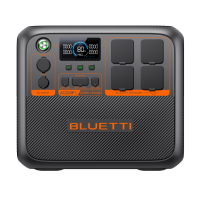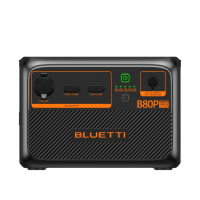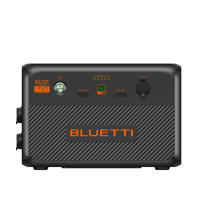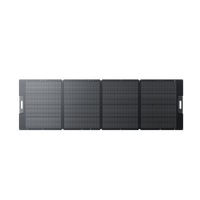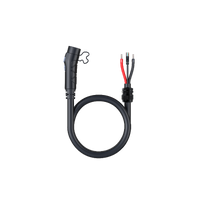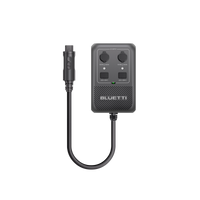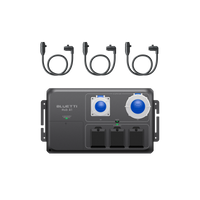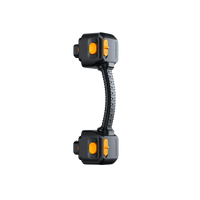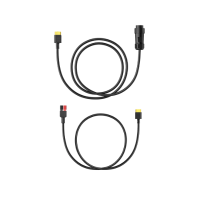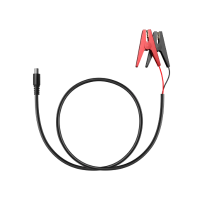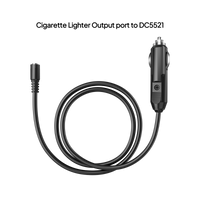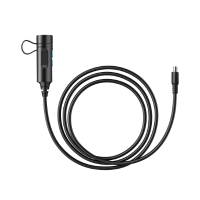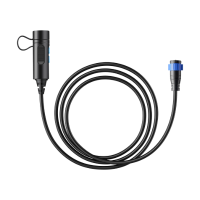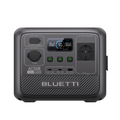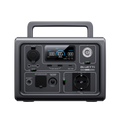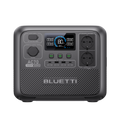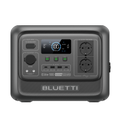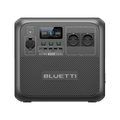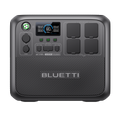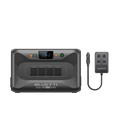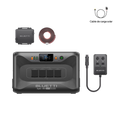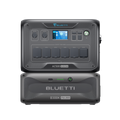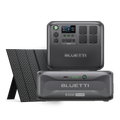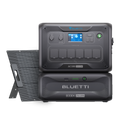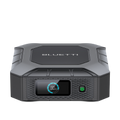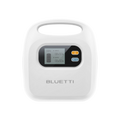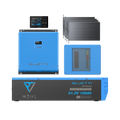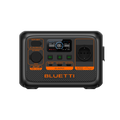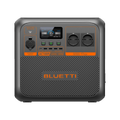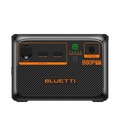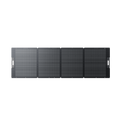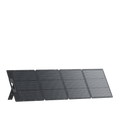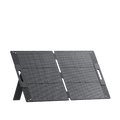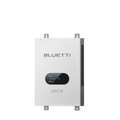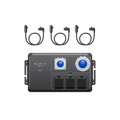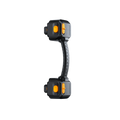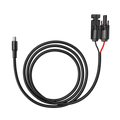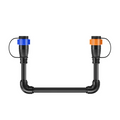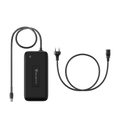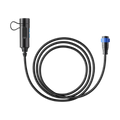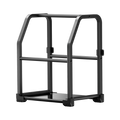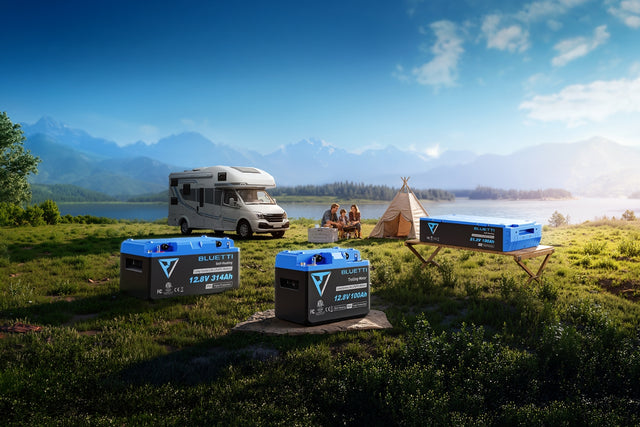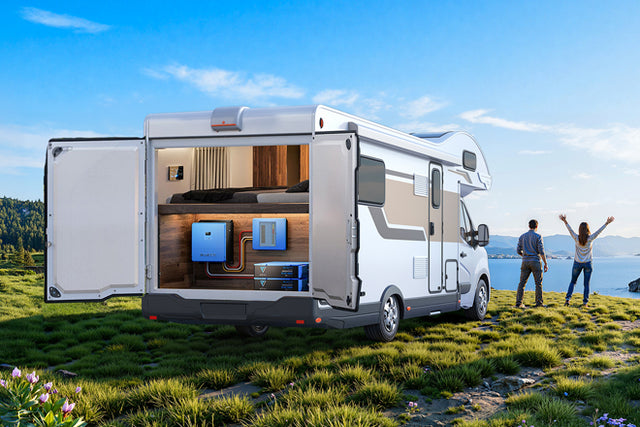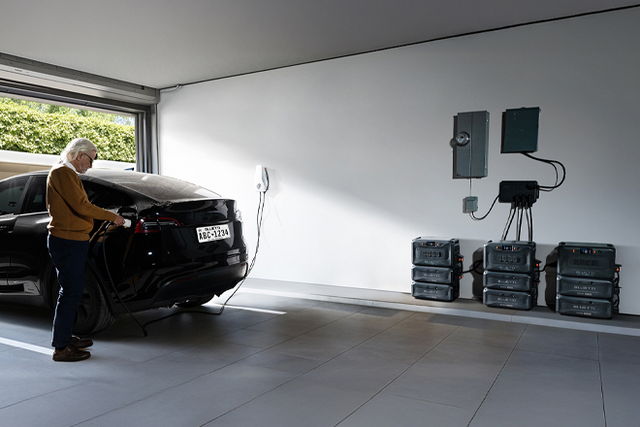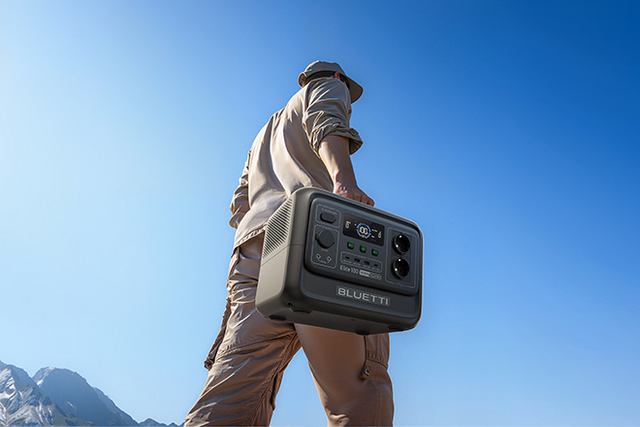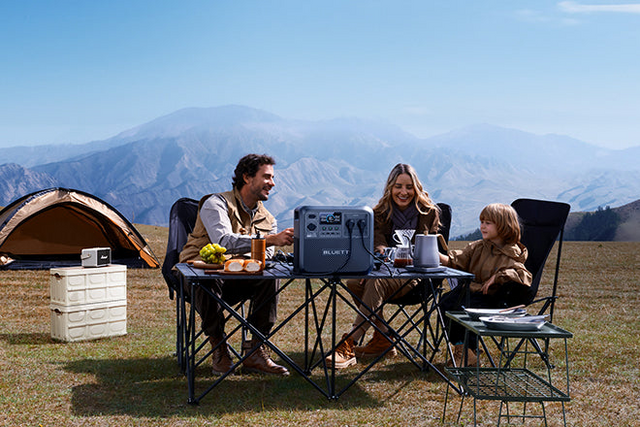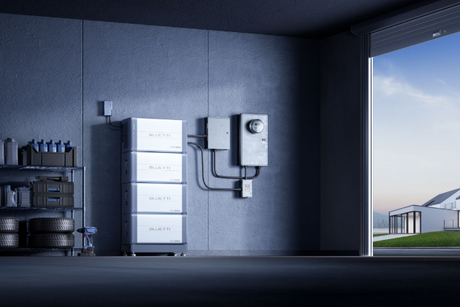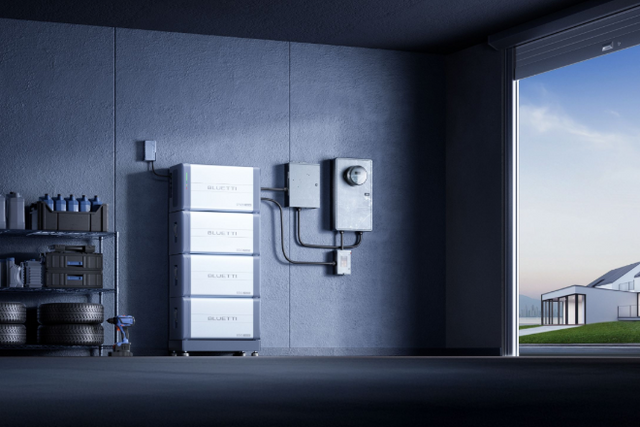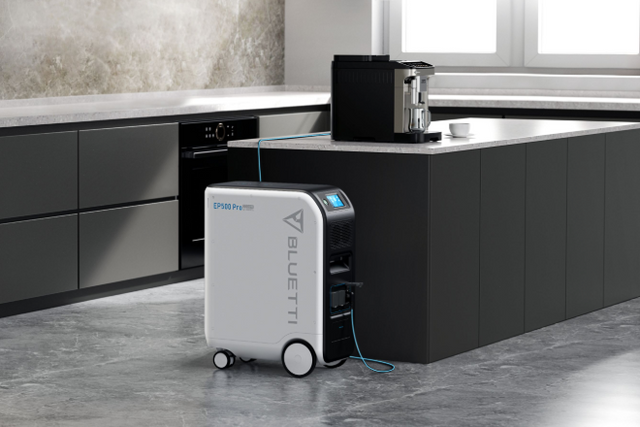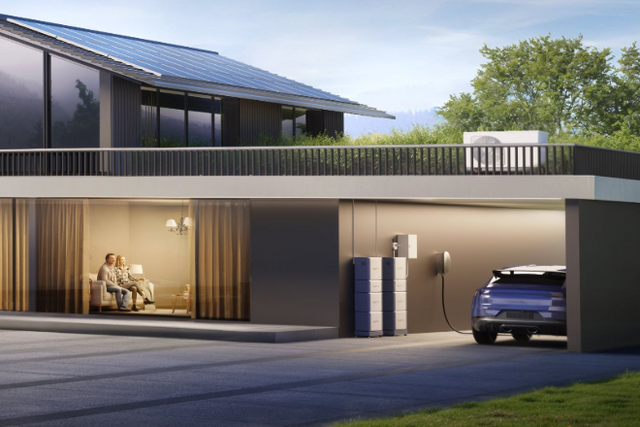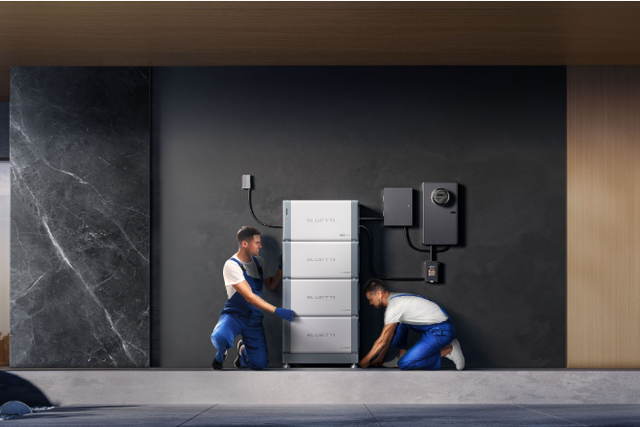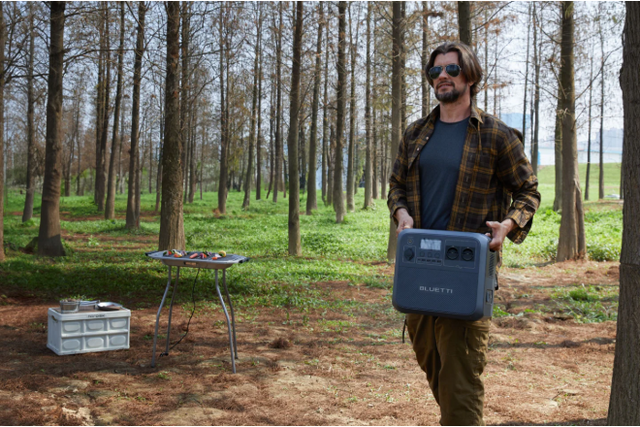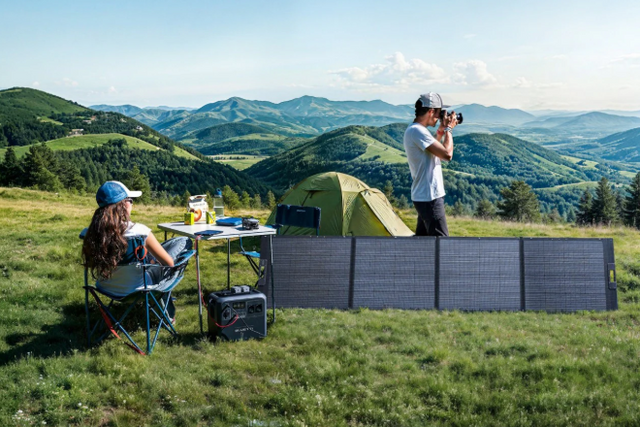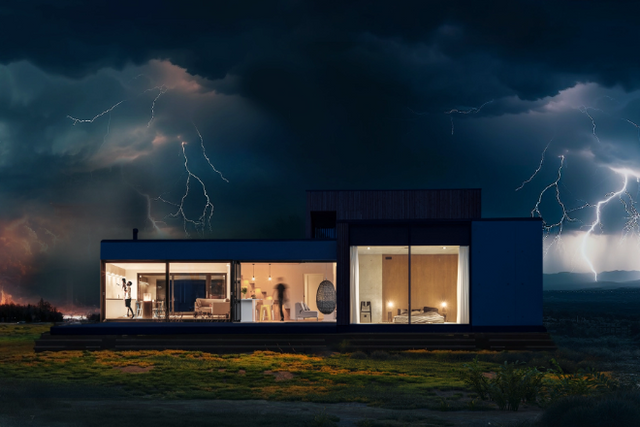Off-grid photovoltaic systems: operation, components and prices
Electrical energy is essential for any human activity, but there are areas that it does not reach through the distribution network and it is necessary to look for other options. One of the most efficient are the isolated photovoltaic systems, which supply electricity without the need to connect to any other source. In addition to being completely autonomous, they also represent clean and renewable energy, which is why they have been gaining strength in recent years in residential, commercial and industrial environments. We are going to thoroughly review what these systems consist of, what their components are and everything necessary to install them. Insulated photovoltaic systems consist of an installation that is responsible for capturing solar radiation and transforming it into electricity to provide immediately, or store it for later use. This is so thanks to the potential difference that is created in their cells when they receive light energy, which makes the electrons jump that end up generating a continuous electric current. Subsequently, said current is distributed to the local network after some processes that make it suitable for use. In order to start up an isolated photovoltaic system, certain elements are necessary that may vary according to the characteristics of the place where the installation will take place and the needs of the users. However, there are four that are essential: They are plates that are made up of silicon cells, responsible for capturing and converting radiation into electricity. They represent the starting point of the system and are located in open spaces where they can receive direct sunlight . It is the one that stores the electricity that is not used immediately. Allows to supply the place at night, rainy days or, in general, when solar energy is not available. That is why it plays such an important role within isolated systems, because without it the supply would be limited to those times when there is light, something that does not always happen. Batteries can be of different types, although lead-acid ones stand out, which are the most common nowadays, and lithium ones, a little more expensive, but with greater efficiency. In addition, two can be used in the same installation to double the storage capacity. In these cases it is recommended that they be of the same type, and if possible, the same model. Its function is to regulate the amount of electrical energy that passes from the solar cells to the distribution and storage systems. This is essential to prevent more electricity from flowing than necessary, which could cause dangerous surges in the grid and shorten battery life. Its objective is to transform direct electric current (DC) into alternating current (AC), which is used by electrical devices and installations in any building. Without it it would be impossible to take advantage of the energy generated. Obviously, the greater the demand for energy, the greater the number of panels that must be used to provide it and the more capacity the battery must have to store it. That's why it's a good idea to make a list of all the appliances and electrical elements that are in the place together with their consumption in watt hours, to have a reasonable estimate. Panels need space and exposure, so areas that meet these requirements must be considered before they can be installed. The ideal is to do it sloping on the roof, to capture the greatest amount of sun rays, but it is also common for them to be on the patio floor, as long as it is large enough. It is not the same to have a photovoltaic system in a rainy and wooded area than in a plain with many sunny days a year. Therefore, this factor is key to estimating the dimensions of the panels and the battery in order to meet the demand. The prices of isolated photovoltaic systems vary enormously from one home to another, as the factors mentioned above have an impact, and each of them can modify the final cost. However, in Spain, the most common way to install them is through the purchase of so-called solar kits, which include all the necessary elements for their operation. Kits are typically sold based on watt-per-day requirements. Thus, the price ranges from around €1,000 for places with sporadic stays, up to around €10,000 in homes with full use of electricity. It must be considered that most of the outlay corresponds to the battery, which is almost always lead-acid. Lithium batteries, for their part, can raise the cost by up to 30%, although it will depend on the model, size and capacity. It is also important to add labor, because although it is possible to do the installation on your own, it is best to leave it in the hands of a qualified professional, to guarantee that everything is in perfect condition. This adds €600 to €1,500 to the budget, depending on the area, the installing company and the number of panels. The isolated photovoltaic systems are the answer to those places that need electricity, but cannot be connected to the distribution network. This is very common in rural and mountainous areas or highway rest areas, but it is also an option for those who want to eliminate their dependence on electricity companies and consume cleaner energy. In any case, it is important to carefully evaluate the available options, since they represent a significant outlay that, however, will see a return in the medium and long term. What is an isolated photovoltaic system and how does it work?
Components of a photovoltaic system for housing
- Solar panels
- Battery
- Charge Controllers
- Power inverter
What to take into account when installing an isolated photovoltaic system?
Energy requirements
Location of panels
Weather conditions of the place
How much does an isolated photovoltaic system cost for a house?
Shop products from this article
You May Also Like

Horas más baratas de la luz hoy — guía práctica para ahorrar en tu factura

Apagón eléctrico 2025: causas, riesgos y cómo preparar tu hogar con Bluetti Apex 300

¿Habrá un apagón mundial en 2025?
¿Habrá un apagón mundial en 2025? Analizamos las causas, riesgos y cómo prepararse ante una posible crisis energética global. ¡Descubre las claves aquí!




